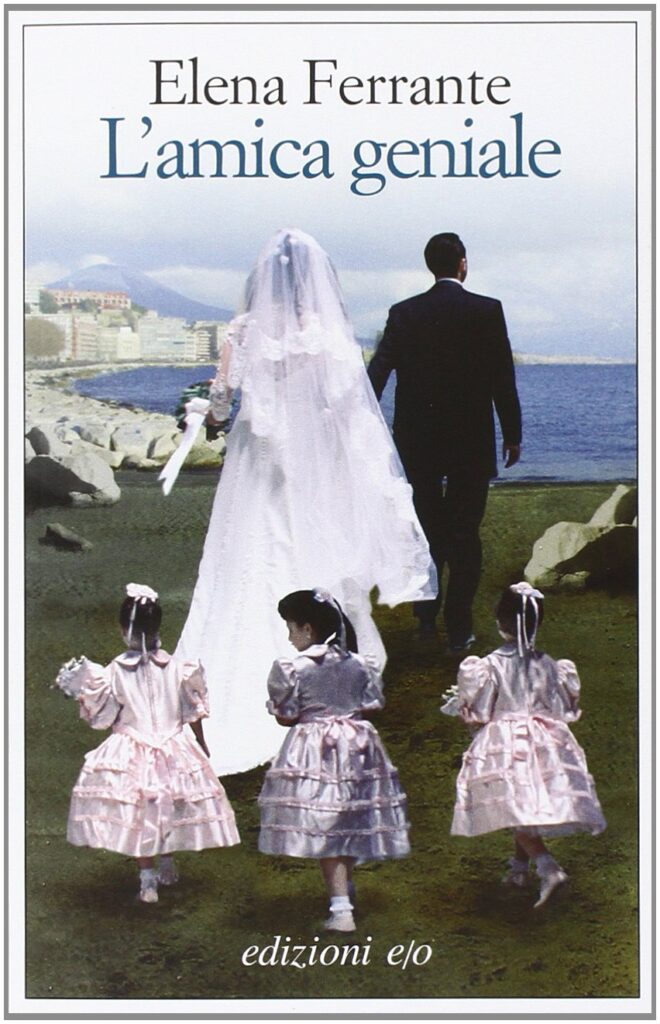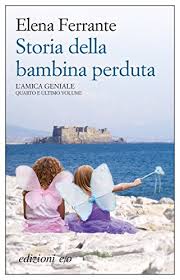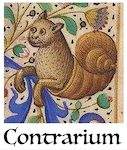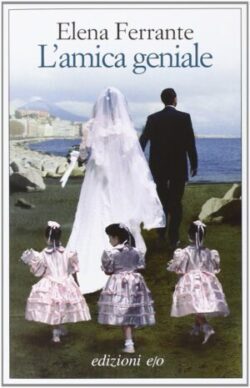On Elena Ferrante’s “My Brilliant Friend”

It took me a while to start reading this book, or rather, this series of four books also called “the Neapolitan tetralogy”. I had heard about it the first time around 2009, of course, when it became a surprising best-seller all over the world. But I was a bit suspicious of it, maybe even a bit prejudiced. First, because it was a “best-seller”, and second because it was written by a woman. Not because I don’t like women writers in general, but because the themes that they tend to be more interested in (love, relationships, female psychology) tend to interest me less than other themes…
But I was, of course, wrong. The books are actually very well-written and engaging, what one would call “page-turners”. They might even a bit soap operish, but in a good way: lots of drama and surprising twists, and usually very easy to read.
One possible problem of the book, although I am not sure if it is necessarily a problem, is that the character of the friend, Lila or Lina, is (for me, at least) so much more interesting than that of the narrator and protagonist. But during a lot of the time the story focuses more on “Elena” and her mundane problems with her family, her lovers, her writing career, etc, while Lina sort of disappears into the background.
Also Elena, contrary to Lina, does not seem to be the type of character that is always particularly very perceptive about her own reality: she is convinced that she’s a “good mother” when she takes extremely dubious decisions, or is sure that her relationships are “going well” when the opposite is quite clear.
Of course, as the story progresses, one feels more and more (and especially in the last part) that Lina, more than just a character, works really more as a sort of “dark alter ego” of the author, or as a symbol related to the city of Naples, an unstoppable force that somehow embodies the energies of the city.
And Naples, or more specifically its poor periphery (an unnamed “rione” or neighbourhood) where the two friends grew up is perhaps the main “character” of the series. Even if the protagonist Elena also wanders through Pisa, Rome, Florence and other parts of the world, the focus is always in the “rione”, which Lina never leaves.
The Naples that the story shows is a quite violent and sometimes very depressing environment. It is very different from what you may read or see in Eduardo de Filippo’s Neapolitan plays, for example. De Filippo also shows poverty, drama and occasionally violence, but he is almost always humorous and focuses more on the humanity of the characters, even when they are poor or desperate or make bad decisions. But Elena’s Neapolitans almost totally lack humor, and most characters, even when “friends”, have very harsh or complicated relationships with one another. There is not one family relationship or friendship in the book that seems to work even remotely well; everybody seem to be constantly fighting or trying to get their way with each other, or changing from friend to enemy on a whim; even Lina’s and Elena’s “friendship” is full of misunderstandings and aggressions.
Another observation: even though the book constantly mentions the “Neapolitan dialect”, it has very little of it. It mostly uses the standard Italian language for all of the dialogs (I’ve read the book in Italian; this wouldn’t apply to the translation), and maybe just a few local expressions (‘zoccola’ or slut is one that appears quite often). Now, if you’re even just a bit familiar with the Neapolitan dialect, you can see that it can be very colourful and characteristic, even if it can become impossible to understand, even for Italians (for an example, check the aforementioned plays by Eduardo De Fiippo, or the work of Neapolitan actor/director Massimo Troisi.) So while I understand why the author chose not to use it, sometimes it seems that it could give more life to the speech of at least some of the characters, who wouldn’t speak in formal Italian anyway. I don’t know; it’s a minor thing, and does not compromise the book.
I could go on, but I don’t want to give any spoilers. If you have the chance, read the book, it’s worth it. There is also a recent series based on it, but I didn’t watch it, and don’t plan to (I have my own image of the characters and I feel that the visuals chosen for the series might ruin it).
P. S. “Elena Ferrante” (not to be confused with “Elena Greco” which is the character of the book) is a pseudonym, and it is not clear who the real author is, as she has not come forward officially. Some say that she is actually the translator Anita Raja, which could or could not be true. Does it matter? Does it change the book in any way? I don’t think so. She has a new book now that just came out, not related to the tetralogy (“La vita bugiarda degli adulti”); I haven’t read it and not sure I will.


